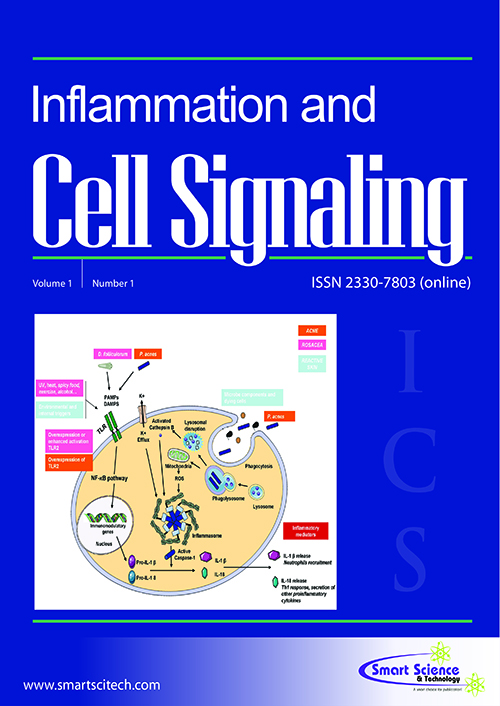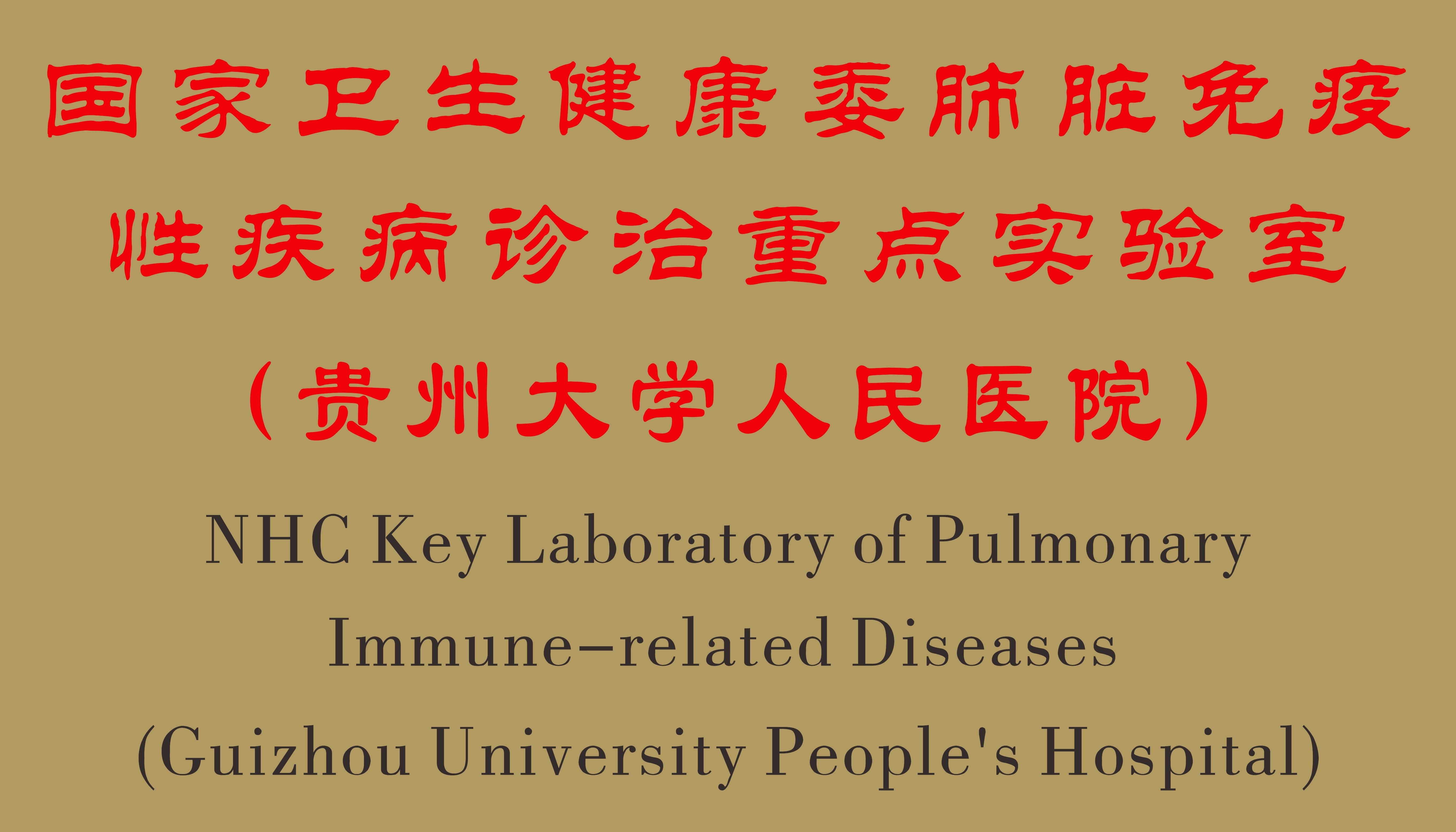Neutrophil/lymphocyte ratio: A promising prognostic marker in patients with chronic kidney disease
DOI: 10.14800/ics.683
Abstract
Chronic kidney disease (CKD), especially end-stage renal disease (ESRD), is associated with high morbidity and mortality due to cardiovascular disease (CVD) and infection, two common complications of ESRD that may be related, in part, to chronic inflammation and protein-energy wasting (PEW). Recently, in a Japanese prospective cohort study, we reported that there was significantly higher risk for CVD-related events in CKD patients with an increased neutrophil/lymphocyte ratio (NLR) at the start of their dialysis therapy. Because higher neutrophil count reflects inflammation and lower lymphocyte count may reflect malnutrition, NLR is hypothesized to be a more sensitive index than other existing inflammatory markers for detecting those at high risk for CVD-related events. This research highlight describes the potentials of NLR as a prognostic marker in patients with CKD. Although further studies are required to better understand its value as prognostic tool in clinical practice, current data suggest that NLR may be a useful and inexpensive marker for identifying CKD patients at high risk for CVD-related complications.














